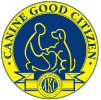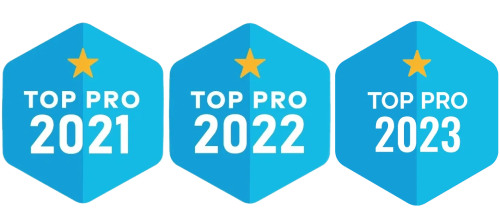leash
reactivity
Leash reactivity is
our specialty
Leash reactivity is most commonly caused by dogs greeting each other while leashed. The first thing for the parent of any reactive dog to do is completely stop allowing leashed greetings. Play time should always be off leash.
Some common causes of leash reactivity:
- Overexcitement: when your dog likes other dogs but becomes frustrated at being restricted by their leash. One sign of overexcitement is lying down when another dog is approaching.
- If a dog has experienced one or more uncomfortable moments on leash meeting another dog, they may be reacting proactively to make sure other dogs don’t come in their space while they are leashed.
- Some dogs begin resource guarding their parents if there is a lack of boundaries and clear communication in the relationship.
While the best approach changes based on the reasoning behind your dog’s reactive behavior, most programs begin by teaching a “heel” command that enables you to walk your dog on a loose leash as they focus on you instead of elements of the environment around them.
Your dog is then taught “no” using 1-2 bad habits they have around the house. This solidifies your dog’s understanding and reaction to the word “no” as a marker for something they are never allowed to do.
With an understanding of “heel” and “no”, the two concepts are combined to communicate to your dog what behavior around other dogs/people/cars/bikes/etc. is inappropriate and never acceptable. Because the specifics of this protocol vary dog to dog and timing is critical in order to be fair and effective, the Homeschool program is strongly recommended.





